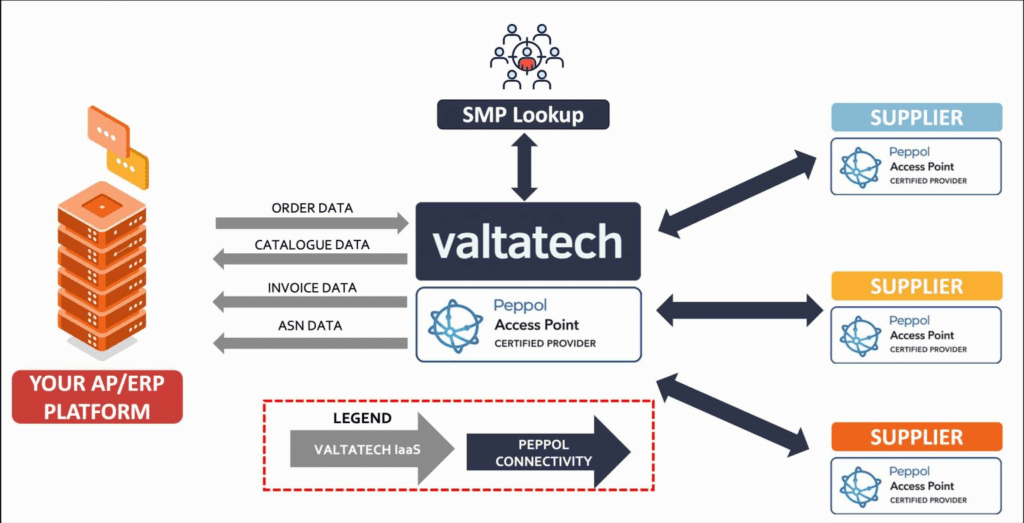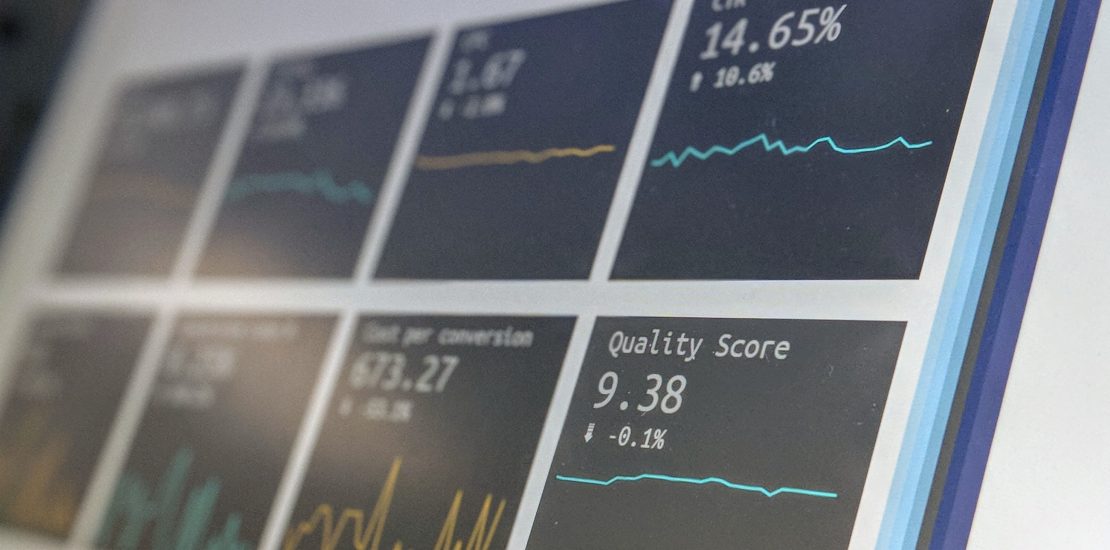Thought Leadership
How Does Peppol Fit Into the Procure to Pay Process?
March 18, 2022


the procure to pay process
Procure to pay refers to the process that involves the “requisitioning, purchasing, receiving, paying for and accounting for goods as well as services”. This process however informal it may be, is used in every single business across the world and is essential to running a business. Consider the steps involved in the procure to pay process:

Step 1 – Demand
The procure-to-pay process begins with the need to purchase a good or service. The business, or someone in the business, decides that it needs to some goods/services.
Step 2 – Create Requisition
A purchase requisition, which is a documented need for that good or service including what it is, how much it costs and when they are needed is created along with who the supplier is and relevant budget coding applied.
Step 3 – Send for approval
With your requisition completed the next step in the process is to get approval to spend that amount of money, for those goods or services with that supplier. The approver checks the need for the goods, the supplier, the amount and the account coding that will be applied before approving.
Step 4 – Create and Issue a Purchase Order
Once the approval is received, a purchase order (PO) is created to formally request goods or services from the supplier. Generally speaking, In contrast with an invoice which is sent by the supplier, POs come from buyers and outlines quantities of product being requested along with price specifications and other special requirements set out when placing orders or making purchases at various points throughout the transaction process.
Step 5 – Receipt of Goods/Services
The supplier fulfils the purchase order, delivering the goods or service to the buyer who in turn confirms receipt of the goods or services.
Step 6 – Invoice Receipt
The supplier submits their invoice to the buyer and expects payment, invoices can be delivered in a range of ways from very manual data entry formats like post or email to digital delivery like Peppol e-invoices and other electronic formats. Basic header data is typically captured at this stage of the process.
Step 7 – Invoice Validation
The buyer reviews the invoice to ensure that it is a valid invoice, from a valid supplier and has not been processed before.
Step 8 – PO Matching
The invoice is matched to the purchase order and approved if it matches the purchase order information (or is within an agreed tolerance).
Step 9 – Invoice Check
Final checks on the invoice are performed before it is processed for payment, this is to ensure that the payment adheres to company finance policies before payment
Step 10 -Entry to ERP/Process for payment
The approved invoice is then entered into your ERP or directly with the bank to process for payment to the supplier. Typically, businesses will send payment notifications back to their suppliers.
peppol in the procure to pay process
The Peppol network has the capability to handle a range of business documents or messages – not just invoices. Through an accredited Peppol Access Point Provider you can send a range of documents, including:
- Invoice, credit note and invoice response
- Order and order response
- Advance Shipping Note
- Catalogue and Catalogue response
- Punchout
- Order Agreement
- Self-billing
This creates a number of opportunities within the procure to pay process to drive automation and efficiencies on both the buyers and the suppliers side. The diagram below shows an example of relatively straightforward setup that utilises the Peppol network for key processes in the procure to pay process, specifically, sending a purchase order to a supplier whilst receiving an invoice back through the network in addition to supporting information like advanced shipping notices (ASNs) and product catalogue data.

With this process in place your supplier wouldn’t have to manually enter any order data and you as the buyer wouldn’t need to manually enter any data for the corresponding invoice – a true win-win for both sides. The exciting part with Peppol is that this can scale to every other trading party you work with easily as soon as they join the network.
Peppol presents an exciting opportunity for businesses of all sizes to drive automation, security and operational efficiencies across the finance and procurement process. As Pete Loughlin from Purchasing Insight so aptly puts it:
“If you have any interest in AP automation or invoicing, S2P or general digital transformation in the fields of finance or procurement, you need to know about PEPPOL.”




